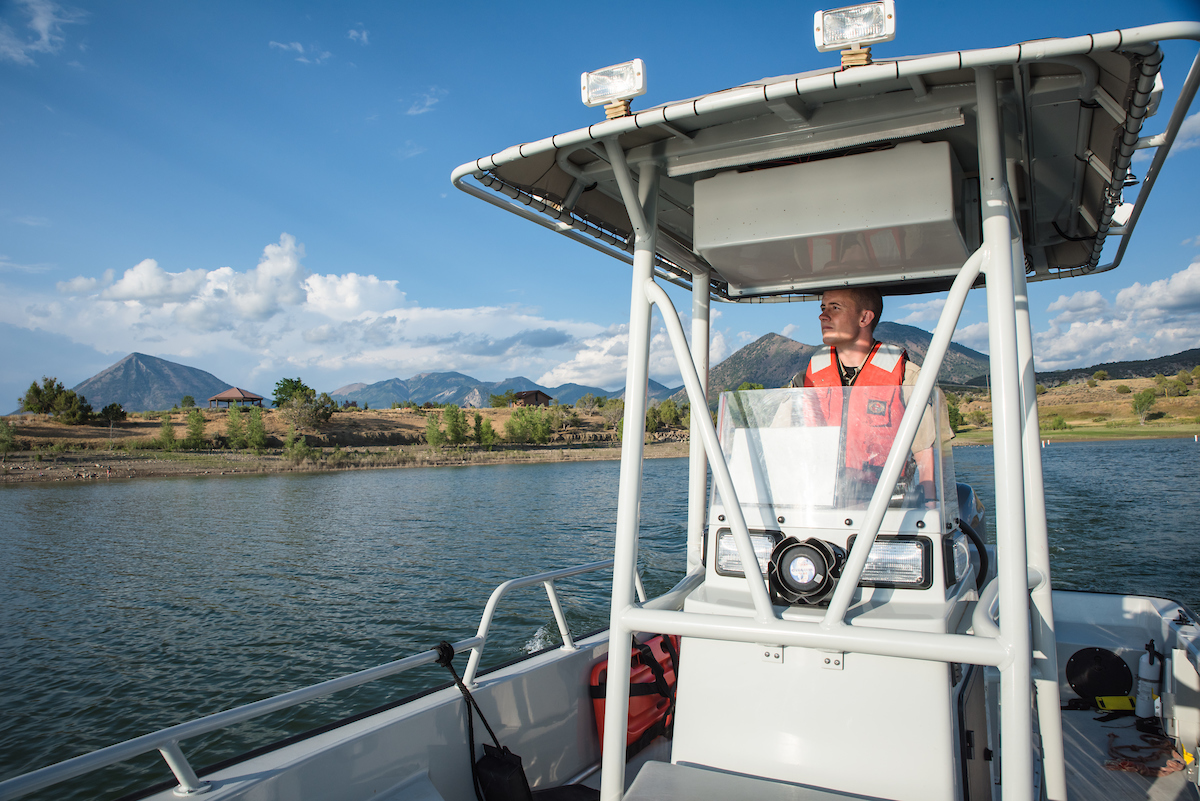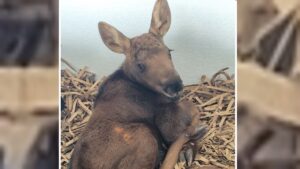DENVER – Boaters heading out onto the water this weekend will see additional Colorado Parks and Wildlife officers enforcing boating under the influence (BUI) laws as part of the national Operation Dry Water campaign. This enforcement operation is timed closely to the July 4th holiday each year to educate boaters on the dangers of boating under the influence and reduce the number of accidents on waterways. Dangers include:
- Alcohol impairs judgment, balance, vision and reaction time on the water, which can increase fatigue and the dangers of cold-water immersion.
- Sun, wind, noise, vibration and motion are added factors in a boating environment; all of these intensify the effects of alcohol, drugs, and some medications. A general rule to remember is that one drink on land is equivalent to three drinks on the water.
- Alcohol can be dangerous for passengers, too. Intoxication on board can cause injuries from slips, falls overboard and other dangerous accidents.
“Boating is a favorite pastime of Coloradans and visitors alike, but we want to make sure that everyone is enjoying their time on the water responsibly,” said Grant Brown, boating safety program manager with Colorado Parks and Wildlife. “Alcohol use is one of the leading contributing factors in recreational boating deaths in the country. We encourage boaters to boat smart, boat safe and boat sober.”
Penalties for boating under the influence include receiving fines, having your boat impounded, potential jail time and the loss of boating privileges. Boaters with a blood alcohol content (BAC) level above the .08 state limit should expect to be arrested for BUI. In Colorado, Operation Dry Water operations will include increased patrols and checkpoints.
In Colorado, boaters must also take into account the risks that unpredictable weather can present while recreating on the water. Dangerous weather conditions include strong wind gusts that can knock a paddleboarder or kayaker into the water, and cold water temperatures that exist year-round.
CPW advises the following boating safety tips before heading out onto the water:
- Wear your life jacket
- Check your boat and all required boating safety gear.
- Avoid boating alone and tell someone where you are going and when you will return.
- Stand-up paddleboards are considered vessels in Colorado and require a life jacket on board at all times.
- Protect your self from the dangers of cold water shock. Regardless of your age or experience level, cold water can quickly create a drowning emergency.
For more information on boating safety, visit cpw.state.co.us.
SPREAD THE NEWS
COMMENT, Like, Follow & SHARE @I70Scout
CURRENT EDITION
WEATHER & TRAFFIC PUZZLES RECENT NEWS ADVERTISE WITH US


















